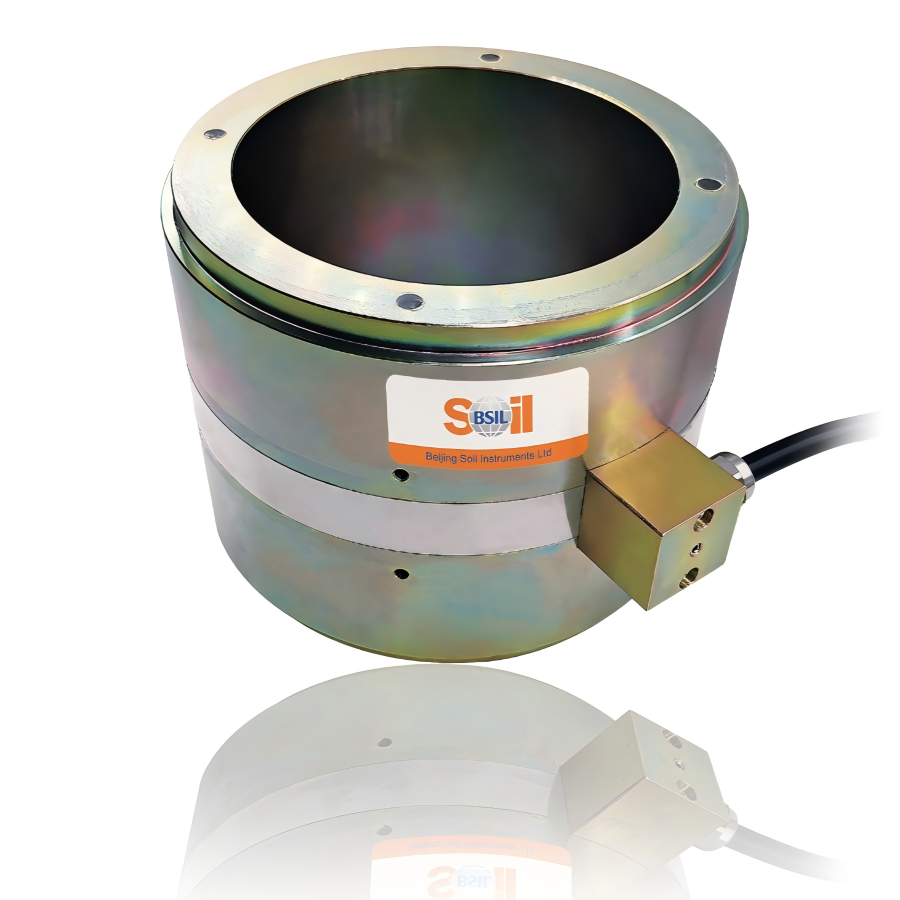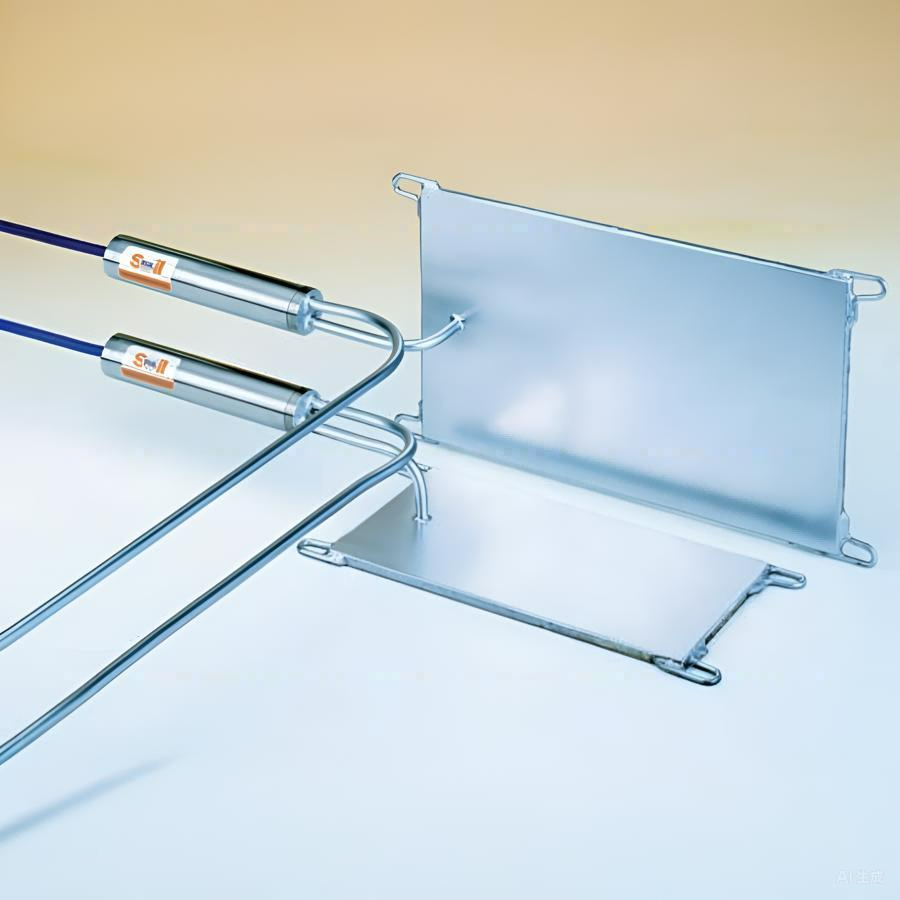Applications
BSIL-L2 Vibrating Wire Load Cell is used for monitoring loads in tie-backs and rock bolts in the walls of excavations, rock bolts, tensions in cable anchors and tendons, piles, tunnel supports, loads in arch tunnel supports and concrete dam tie-downs.
Description
The Vibrating Wire Load Cell is designed to directly measure load in piles, rock bolts and between tunnel supports, as well as tension in cable anchors.
The load cell comprises a set of up to six Vibrating Wire Gauges mounted parallel to the cell axis and spaced equidistant radially in a cylindrical housing.
The load cell can be wired directly to a data logger, or connected via sheathed cable and a switched terminal unit to a readout unit.
Load cells are manufactured with a centre hole to accommodate rockbolts, tendons or anchor cables, but can be supplied with top and bottom load plates for use as a solid centre cell.
Key Features
◆Accurate, long-term stability
◆Robust design and reliable
◆Waterproofing can be customized
◆Fit for manual or remote reading
◆Integral thermistor
Main Specifications
Model: BSIL-L2
Range: 250 to 10,000 kN (Other ranges are available)
Over Range: 25% F.S.
Resolution: 0.025% F.S.
Accuracy: ±0.25% F.S.
Temperature Range: -20 to + 80°C
Operation
The Model BSIL-L2 Load Cell is designed primarily for use on tiebacks and rockbolts and particularly where long term
monitoring is required. They may also be used during pile load tests and for monitoring loads in struts, tunnel supports, etc. In practically all cases, the load cells are used in conjunction with bearing plates positioned on either side of the load cell.
A bearing plate is placed beneath the Load Cell to spread the load and take up any residual non alignment. Another bearing plate is placed between the cell and the anchor bolt or tensioning device. To minimize eccentric and uneven loading, the use of the thick machined-flat bearing plates and centralizer bushings (where necessary) are recommended.
The readings from up to six gauges are averaged to produce the total load for the cell. Calibration factors are provided to enable direct reading in engineering units when using BSIL-RO-L2 readout. Alternatively, cells can be wired to a datalogger.



